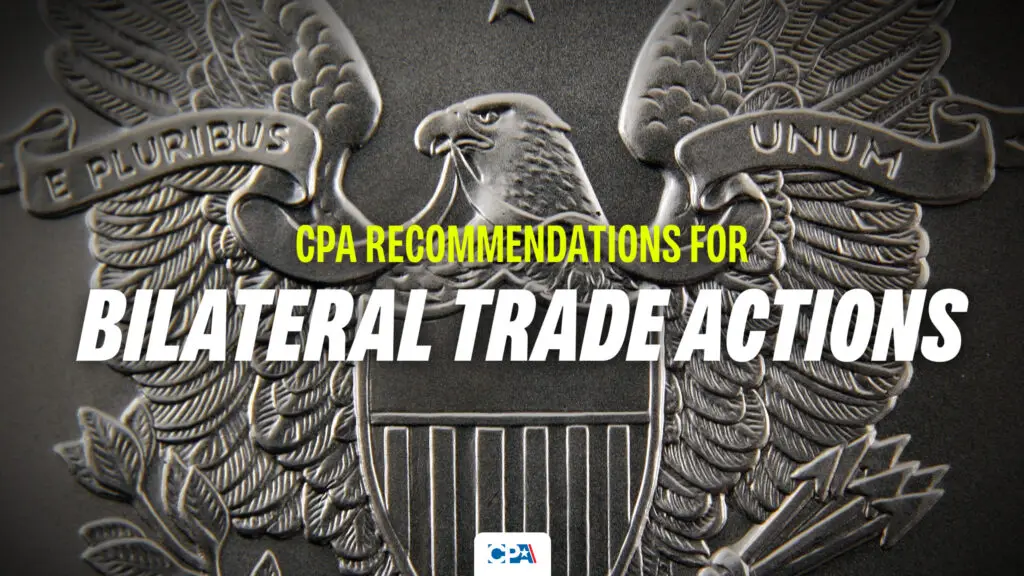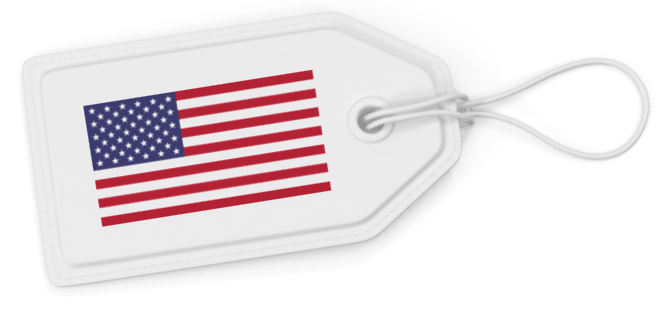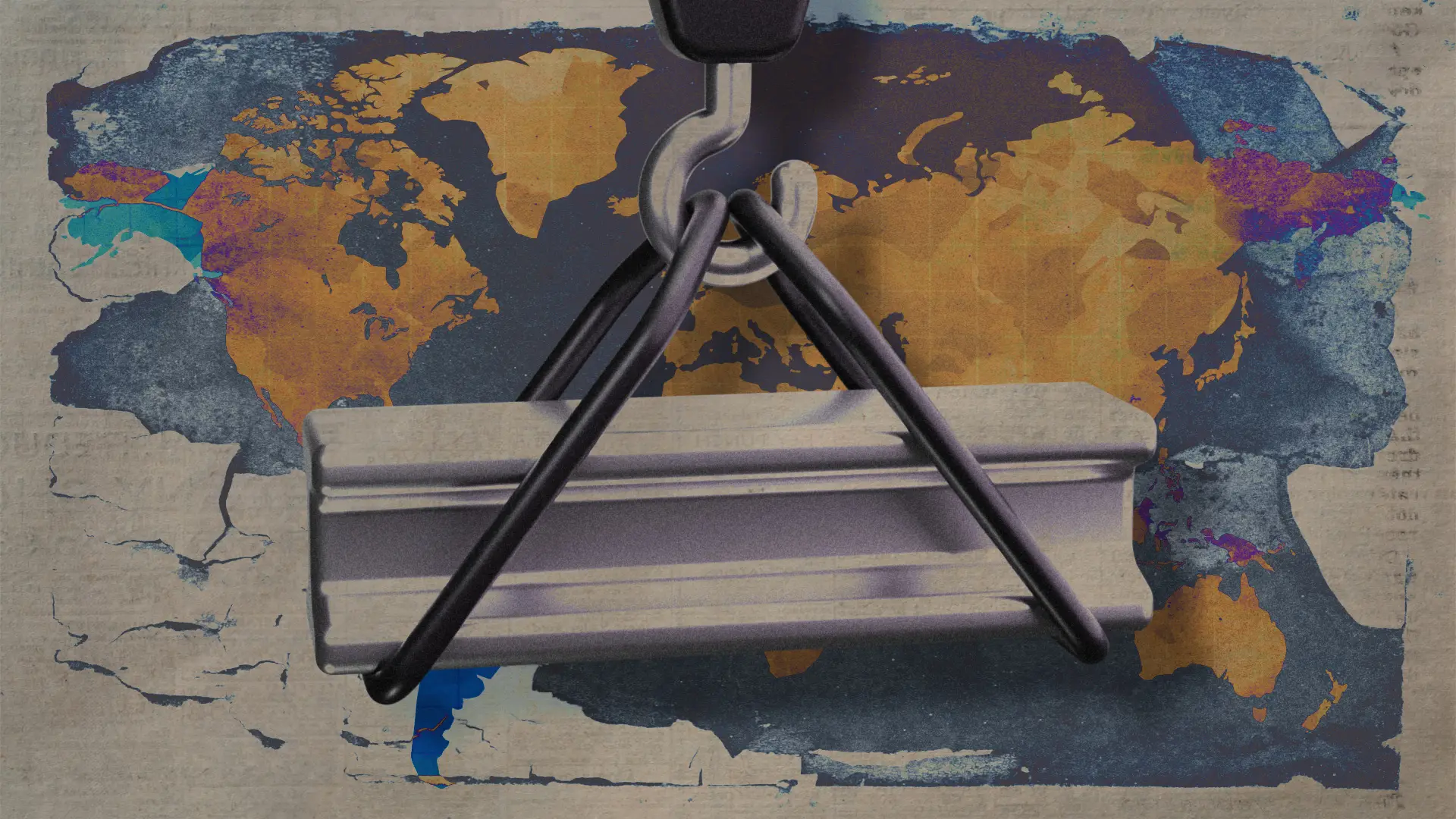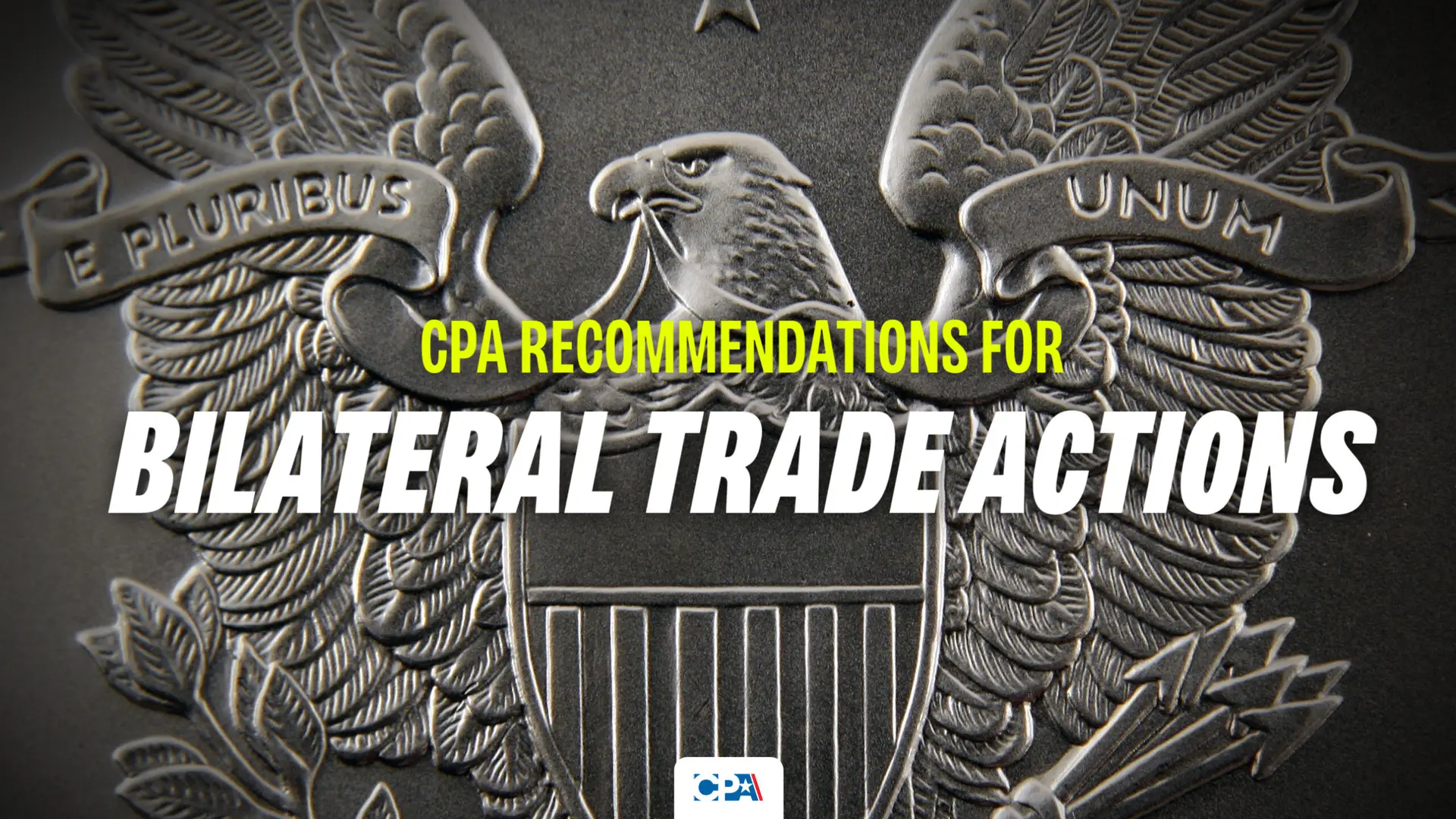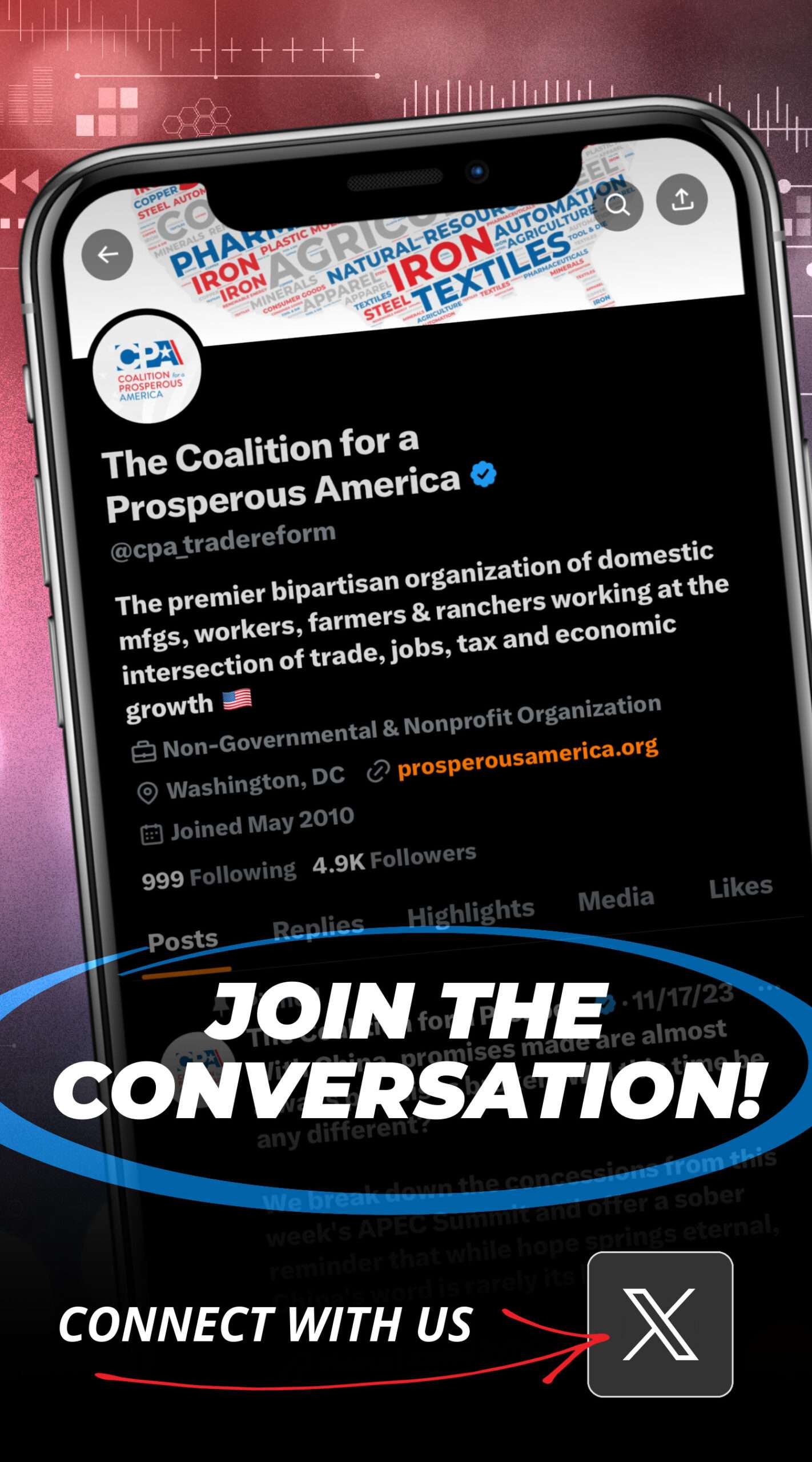WASHINGTON, D.C. — The Coalition for a Prosperous America (CPA) today released recommendations for external trade relations ahead of the Trump administration’s planned tariff announcements on April 2nd. CPA’s new Trade Issues and Tariff Recommendation Tracker highlights specific tariff recommendations that will produce near-term wins. These include the implementation of a supplemental 18% universal tariff for revenue to further encourage domestic production investment, with a higher 60% rate for China. The 60% tariff would also apply to imports from Foreign Entities of Concern (FEOCs) in connector countries that China uses to transship and evade U.S. duties, like the ASEAN* countries currently, and additional connector countries identified over time.
CPA commends the Trump Administration for its robust use of Section 232 of the Trade Expansion Act of 1962. Section 232 is the ideal tool for the President to design industry-specific tariffs and quotas addressing the unique issues faced by different sectors. With Section 232, the Department of Commerce can even recommend both a revenue tariff and a protective tariff on a single product. This is done with what is known as a Tariff Rate Quota (TRQ). With a TRQ, the in-quota tariff is set at a revenue rate, and the over-quota tariff at a protective rate. The first Trump Administration implemented this style of TRQ successfully in 2018 with the washing machine TRQ. There, the in-quota tariff was 20%, the over-quota tariff was 50%.
The actions on steel and aluminum have generated much success, but never benefited from a protective over-quota threshold. The tariff is still limited to 25%, which does not provide a protective effect for most steel and aluminum articles.
CPA is certain that President Trump’s Trade and Tariff Agenda, launched by the America First Trade Policy Memorandum, will deliver relief to beleaguered sectors while reshoring sectors thought lost, through both sector-specific protection and the displacement of internal taxes with tariff revenue. Importantly, this Presidential Memorandum promises that America’s trade policy will be one that “enhances our nation’s industrial and technological advantages, defends our economic and national security, and — above all — benefits American workers, manufacturers, farmers, ranchers, entrepreneurs, and businesses.”
“After decades of deindustrialization, stagnating wages, and the hollowing out of communities across the country, it is clear that the international trading system has failed America,” said Zach Mottl, Chairman of CPA. “No one has highlighted the damage that ‘free trade’ policies have caused than President Donald Trump, and his pro-American Trade and Tariff Agenda is exactly the course correction we need. In our view, a universal tariff to raise revenue combined with sector-specific tariffs to protect domestic producers is the best solution to make President Trump’s goal of broadly reindustrializing the United States a reality.”
The United States’ long-term trade deficits evidence the need for new tariffs to reindustrialize America, secure supply chains, and generate revenue. However, CPA cautions against adopting a reciprocal tariff strategy aimed at negotiating lower foreign trade barriers and more favorable investment conditions abroad — typically referred to as “market access.”
A reciprocal tariff strategy aimed primarily at negotiating lower foreign trade barriers and more favorable investment conditions abroad undermines the predictability and stability American businesses need to confidently invest in long-term domestic production. Such uncertainty erodes the effectiveness of tariffs as strategic tools for reindustrializing America, securing supply chains, and generating revenue.
“A reciprocal tariff strategy that aims to reduce foreign trade barriers simply resurrects the failed free-trade policies of the past—policies that led directly to America’s deindustrialization, hollowed-out communities, and weakened U.S. economic security,” said Jon Toomey, President of CPA. “Tariffs must be a cornerstone of our industrial and trade policy, not temporary bargaining chips. We need policies that clearly signal long-term support for American producers, workers, and manufacturers, providing the market certainty necessary to rebuild a robust, resilient domestic economy.”
CPA estimates that even a modest 10% supplemental universal tariff would lead to $728 billion in economic growth and 2.8 million new jobs, while generating $263 billion in new federal revenue to pay for domestic tax cuts. A Universal Supplemental tariff is best for revenue, because it preserves existing tariff preference schemes, making it the least distortive and thus the most politically viable long term. For example, a universal +20% rate does not result in an imported car with zero U.S. content facing a higher tariff than a car imported with substantial U.S. content.
CPA Recommendations for Bilateral Trade Actions
Read CPA’s full recommendations and economic analysis on trade issues and tariffs here.
- CPA recommends an 18% universal revenue tariff approach as a base revenue generator for the federal government. While generating hundreds of billions in federal revenues, it will also promote domestic investment and production.
- China and other countries with extensive links to Chinese supply chains, transshipment, and export dumping warrant even higher, broadly protective rates to further insulate U.S. producers from below market prices caused by China’s industrial overcapacity.
- In addition to the base revenue tariff, CPA also recommends a comprehensive, industry-specific tariff and quota approach to address the unique issues faced by each U.S. production sector. A single product can have both a revenue tariff and protective tariff, by setting the in-quota tariff at a revenue rate, and the over-quota tariff at a protective rate.
- The U.S. needs a strategic industry-by-industry tariff approach. By setting tariff rates by industry, instead of by country, the U.S. can efficiently protect against imports causing the most harm to U.S. producers (such as Mexican steel). This approach also avoids collateral damage to tariff preference programs that prioritize U.S. content, notably the “yarn-forward” rule of origin for apparel made with American textiles.
*Includes Vietnam, Thailand, Malaysia, Indonesia, Cambodia, Laos, Philippines, Singapore, Myanmar (Burma), and Brunei.
# # #



